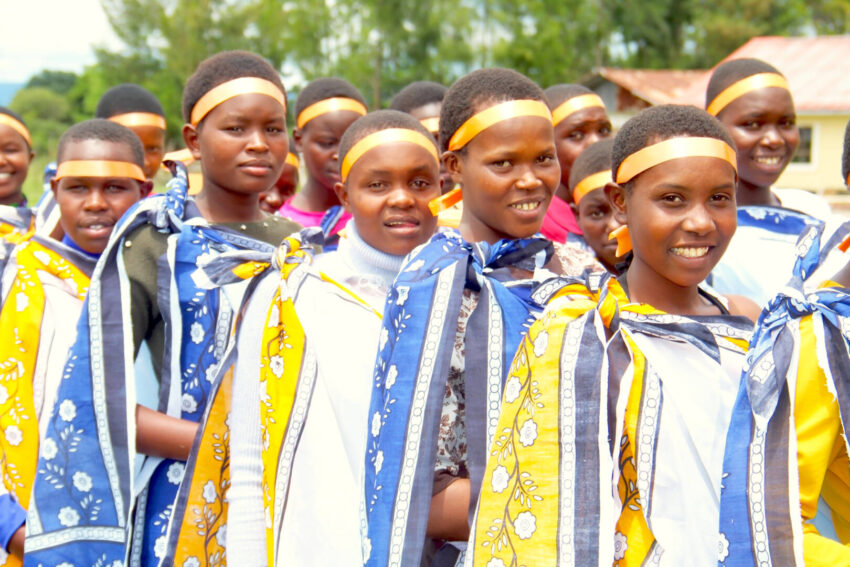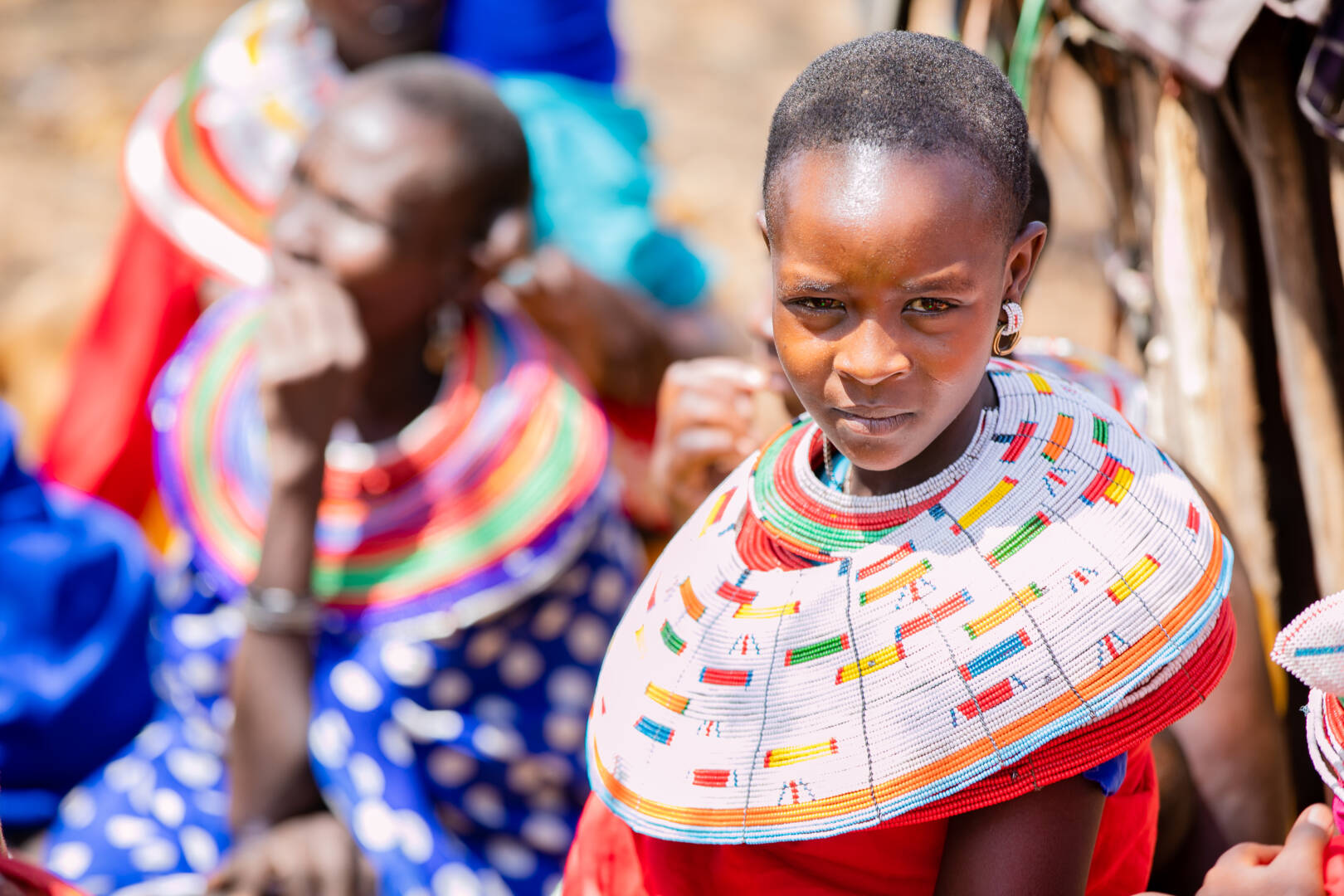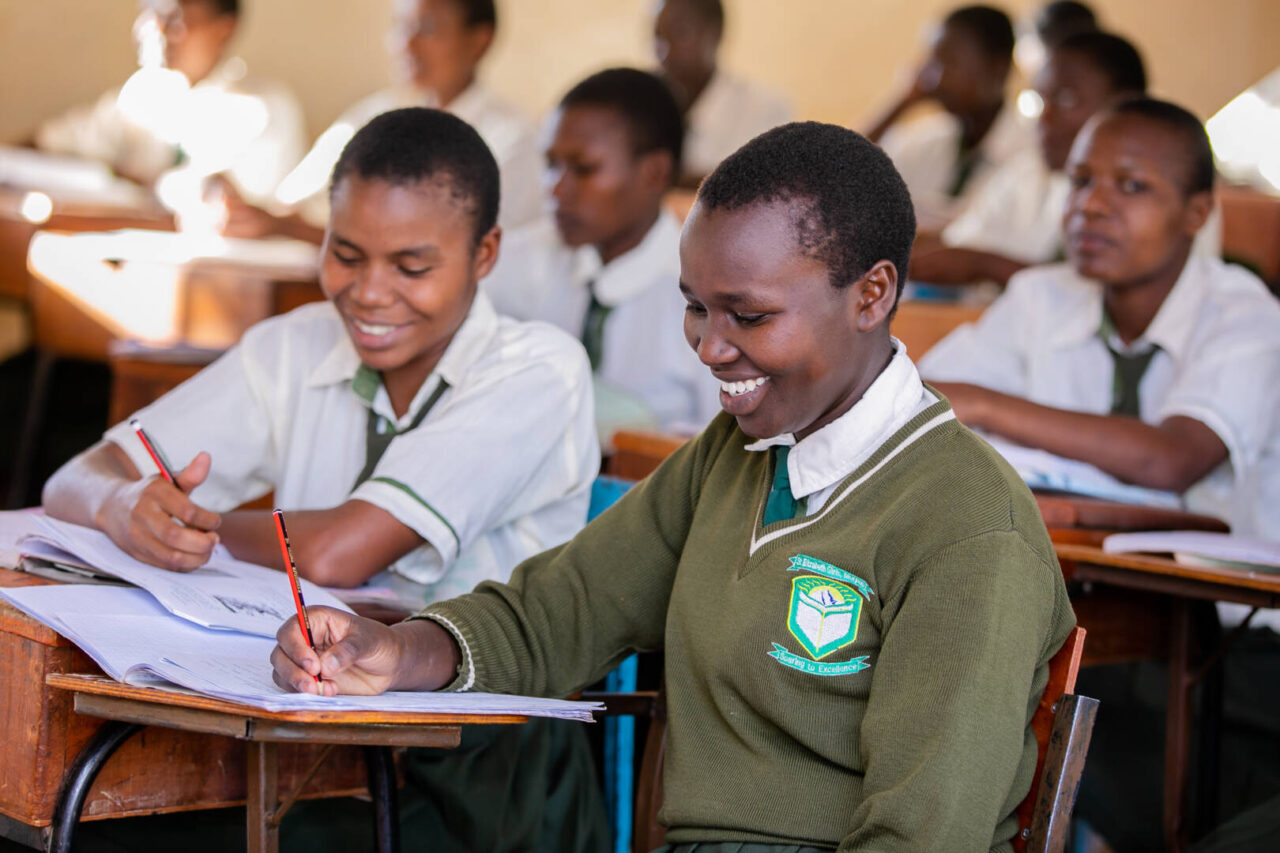Around the world, at least 200 million women and girls alive today are living with the results of the harmful practice of female genital mutilation (FGM), according to the United Nations Population Fund (UNFPA).
While women and girls today are less likely to be subjected to FGM compared to decades ago, UNFPA estimates an additional 2 million girls are at risk of this practice because COVID-19 disrupted preventive programs and child protection systems. FGM is often directly linked to child marriage, which many parents view as the most viable option for their daughters, especially during economic uncertainties like those related to the pandemic or the current global hunger crisis.
To stop the practice, the United Nations (U.N.) created the International Day of Zero Tolerance for FGM, observed every year on February 6. The U.N. Sustainable Development Goal 5 (gender equality) also calls for intensified global efforts to end FGM by 2030.
Here are six facts you should know about female genital mutilation:
1. What is female genital mutilation?
FGM involves the partial or complete removal of the female external genitalia and can include other injuries to the female genital organs for nonmedical reasons. It is internationally recognized as a violation of human rights and a form of gender-based violence. In some areas, the practice is also referred to as female circumcision or cutting. The procedure is most often done to girls between birth and age 15.
2. What are the consequences of FGM?
FGM has serious implications for the physical, psychological, and sexual and reproductive health of girls and women. Often carried out under unsanitary conditions without anesthetic, FGM can cause severe pain, bleeding, and swelling that may prevent passing urine or feces. In the long term, it leads to chronic pelvic infections, urinary tract infections, and birth complications for mothers and children.
There are no health benefits from the procedure, which is not medically necessary or condoned by the World Health Organization (WHO), most governments, and reputable medical associations. In addition, treating the health complications caused by FGM is a significant burden for economies, health systems, and ultimately the people affected — with an estimated cost to health systems of $1.4 billion per year, according to the WHO.
3. FGM is still practiced in at least 30 countries across three continents.
While most prevalent in Africa and the Middle East, FGM is a global problem and is also practiced in Asia and Latin America. Among immigrant populations living in Western Europe, North America, Australia, and New Zealand, female genital mutilation continues to persist.
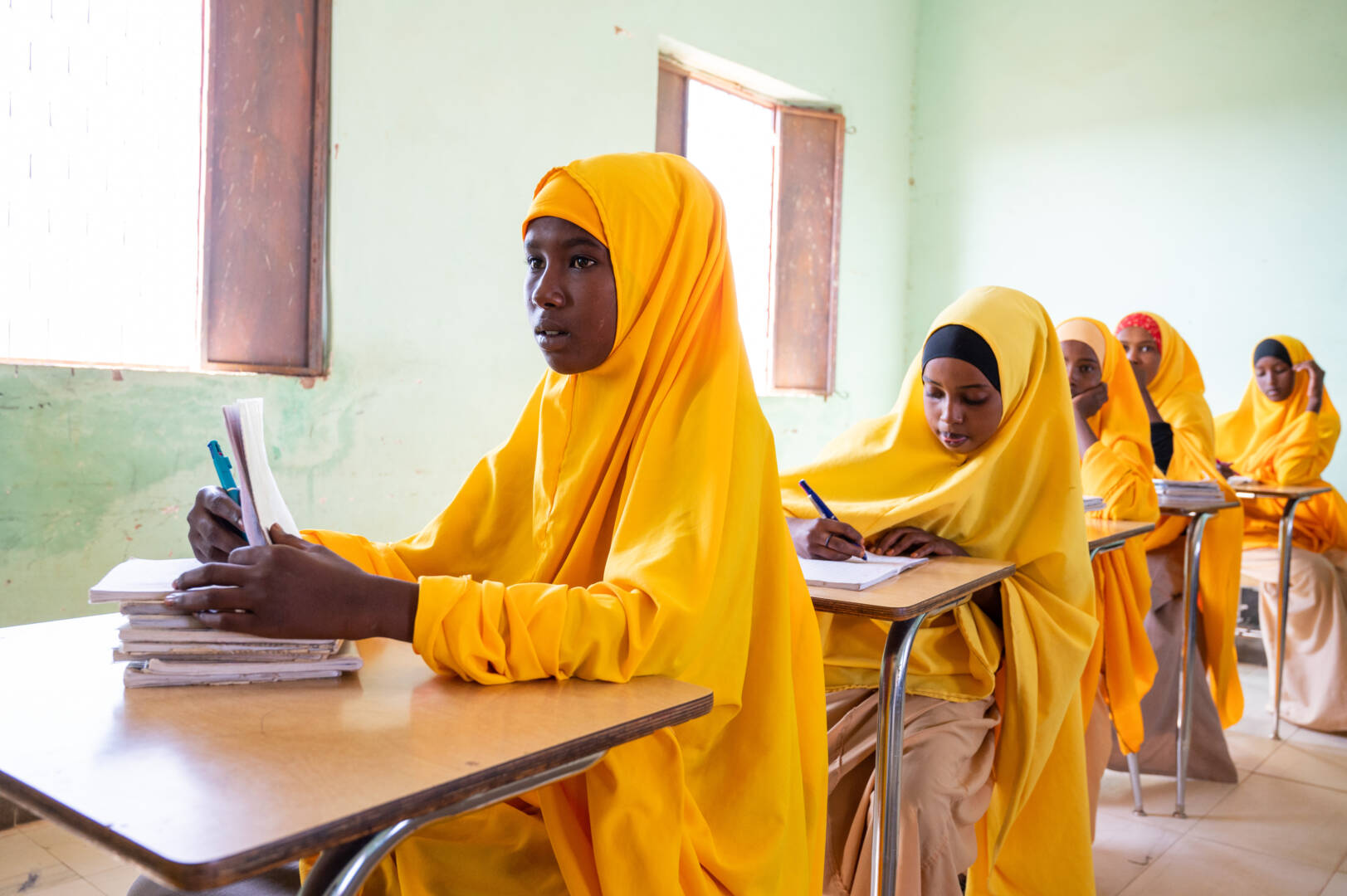
4. Why is it still practiced?
FGM still continues because of gender inequality and deeply held cultural beliefs and attitudes. Most girls and women familiar with FGM say they would like to see it end, but there is social and cultural pressure to continue the practice. Though officially illegal in many countries, female genital mutilation is still practiced globally and is often a direct precursor to child marriage, since it symbolizes a girl’s entrance into womanhood. Mothers, fathers, extended family, and community leaders may force or coerce girls and young women to undergo the procedure to be accepted as “clean” and ready for marriage.
5. Medicalizing FGM does not make it safe for girls or women.
Even when performed by a healthcare provider, “medicalization” of FGM is a violation of human rights and medical ethics. The U.N., the International Federation of Gynecology and Obstetrics, and many national medical associations have rejected the practice.
Medicalization of the practice is giving rise to an alarming trend: About one in four girls and women who have undergone FGM were cut by health personnel. Medicalization is especially common in Egypt, where it has been banned but remains widespread.
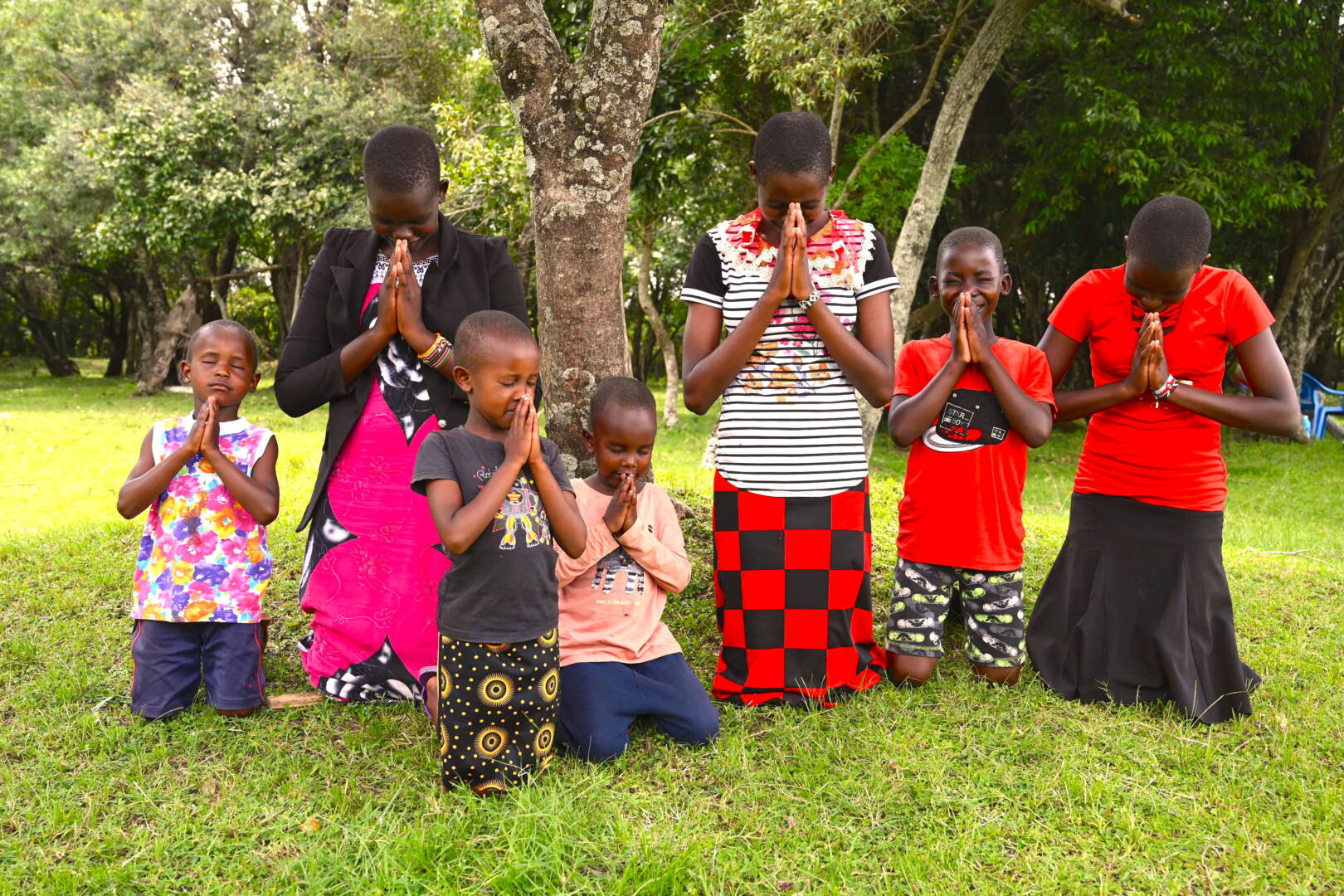
6. It’s possible to end FGM.
Most of the countries where FGM is still practiced have legislated against it. However, until cultural and social norms change, the practice will continue.
We believe every girl and boy is a precious gift from God, and every child deserves protection from whatever keeps them from fullness of life. Harmful practices like FGM can hold girls and women back from achieving their potential and helping lift their communities out of poverty.
In Kenya, we’ve seen success with programs like the Alternative Rites of Passage (ARP), a week-long coming-of-age celebration that includes awareness training on the harmful practices of FGM and child marriage. Also, boys learn to have more positive perceptions of girls who have not undergone FGM, opening a new path to marriage and a shift in attitudes.
The ARP’s concluding ceremonies for girls and boys help replace FGM as an important cultural marker.
The ARP is just one part of the Kenya Big Dream project, which aims to empower girls by eliminating the root causes of FGM and child marriage, allowing them to see their worth in God’s eyes and their potential.
The goal of World Vision’s child protection work is to keep every child safe from exploitation, abuse, and violence. We’re committed to educating and empowering girls and their communities to end FGM.
Watch Messania’s Story, an award-winning short film highlighting a strong woman in Kenya who underwent FGM — and found the determination to escape abuse, challenge harmful cultural norms, and sing a new song of freedom.
Sevil Omer of World Vision’s U.S. staff contributed to this article.
